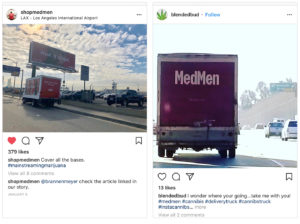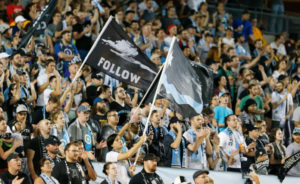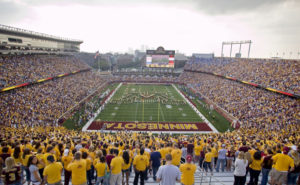State and local agencies along with supporting organizations are pulling together plans for driving Open Enrollment sign-ups this Fall. Starting November 1 through December 15, people can sign up for coverage through health insurance marketplaces. 11 states run their own exchanges, the other 39 use Healthcare.gov. States are working towards lowering the number of uninsured and reducing the overall costs of healthcare.
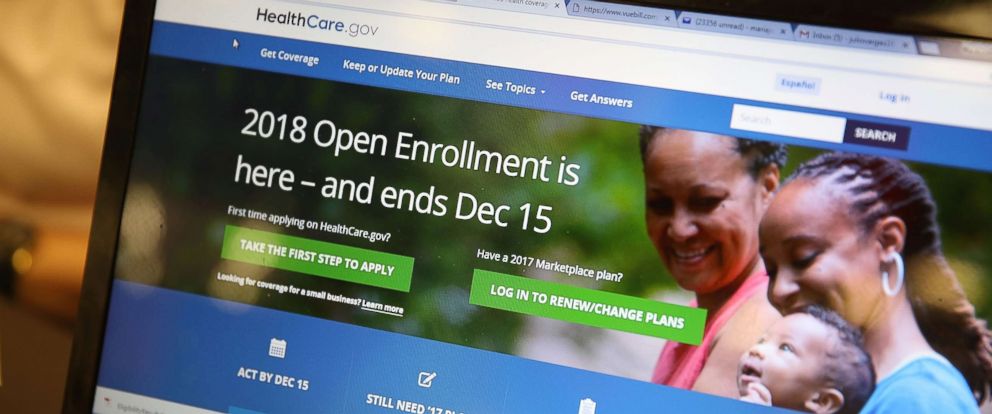
Marketing Open Enrollment
Outreach, PR, and advertising are tactics used by states to drive awareness. States using the federal exchange saw marketing dollars from the federal government cut by 90 percent last year. To fill the gap they are pulling together a mix of state funds and volunteer organizations to continue to reach the uninsured with information about signing up. Groups like Cover Texas Now, a coalition of consumer and faith-based organizations, have formed to pull together volunteers to help.
Marketing budgets vary in states that run their own exchanges. They are independent in planning and executing their strategies. According to Peter Lee, executive director of Covered California, their state plans on spending $111 million on outreach that includes TV, out-of-home, and experiential marketing.
Reaching The Uninsured
It can be challenging to reach uninsured people that are typically underserved. They are not a priority for traditional media. AllOver Media has the ability to reach these markets and deliver messages about healthcare options. We work with state and local governments across the U.S. to help deliver information about health initiatives that get people to take action. Gas station advertising, indoor advertising, and door hangers are efficient and effective ways to reach local populations.
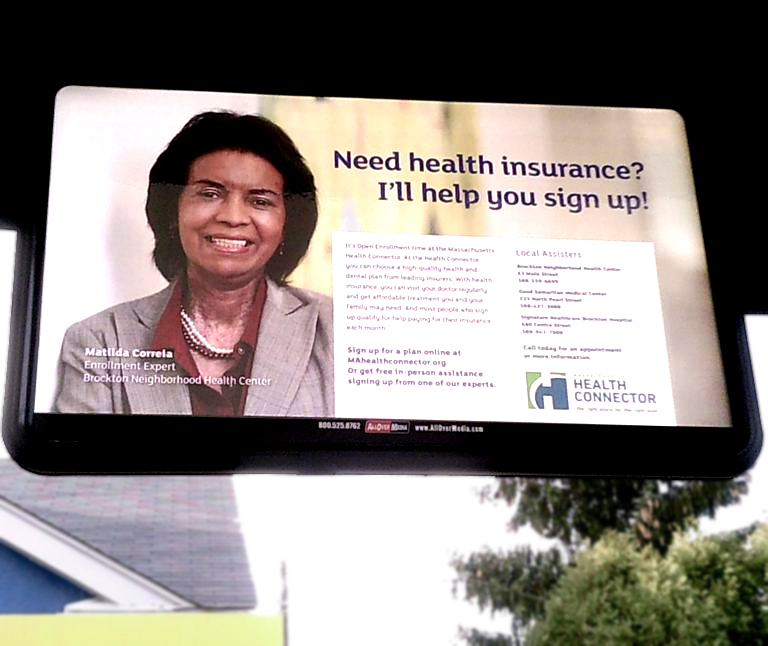

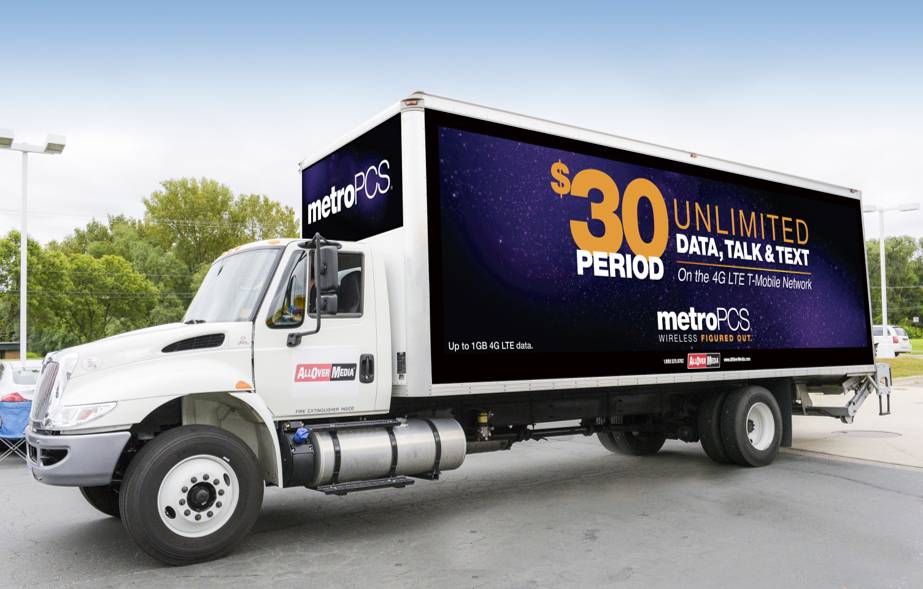
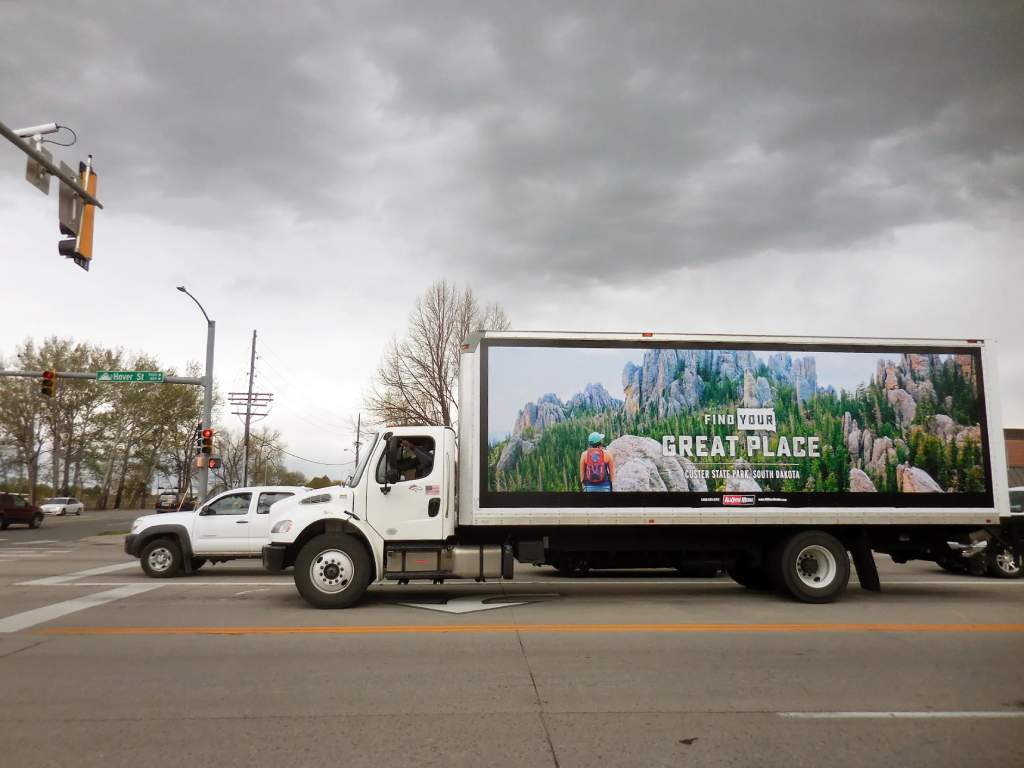



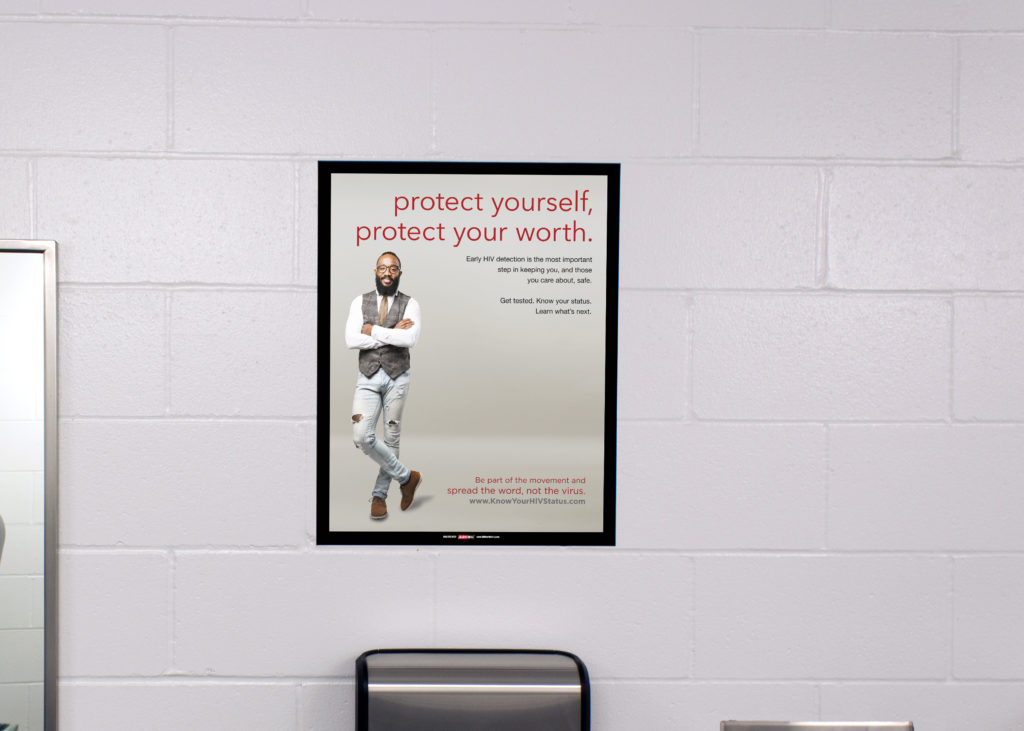
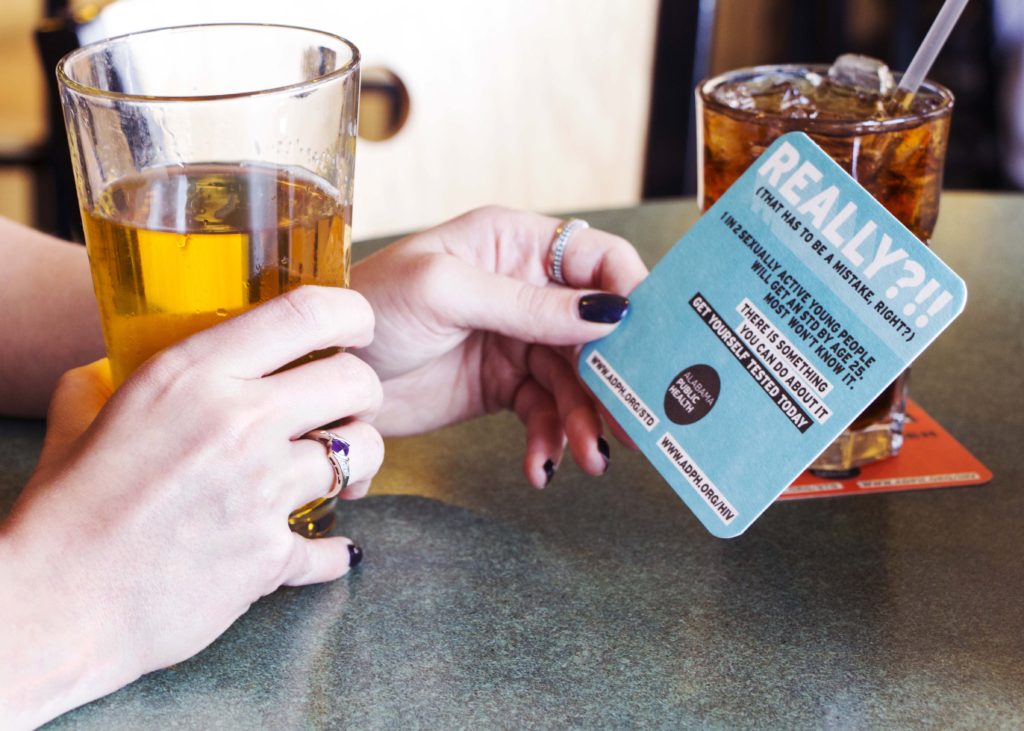
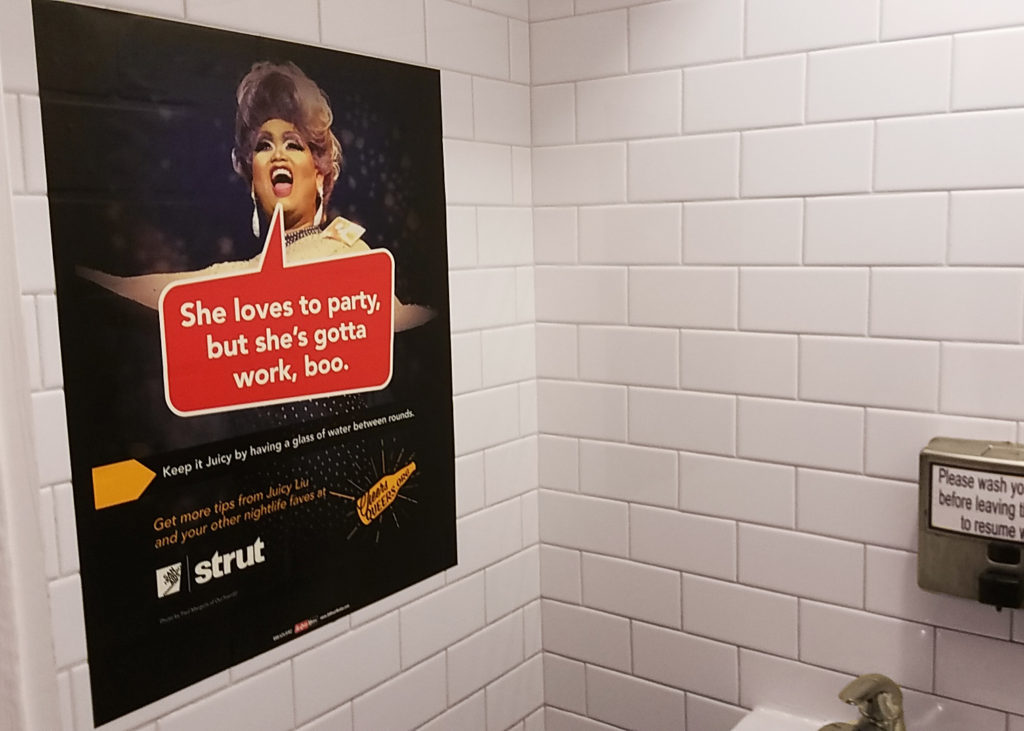
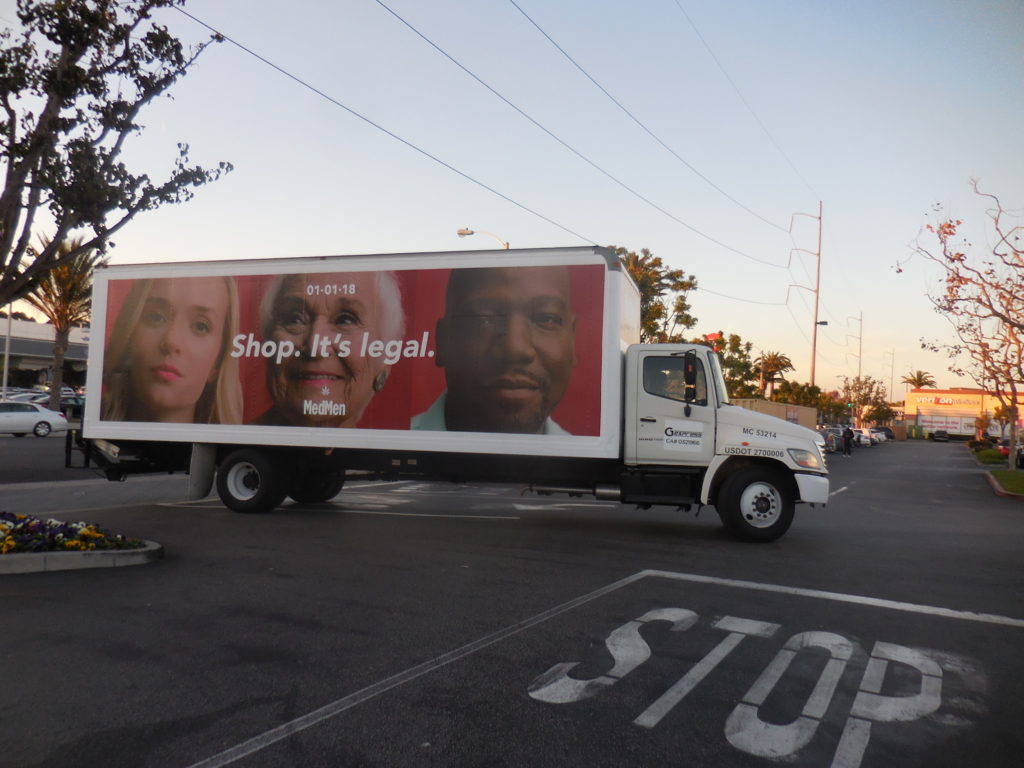
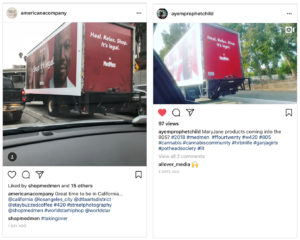 Out-of-home advertising
Out-of-home advertising 